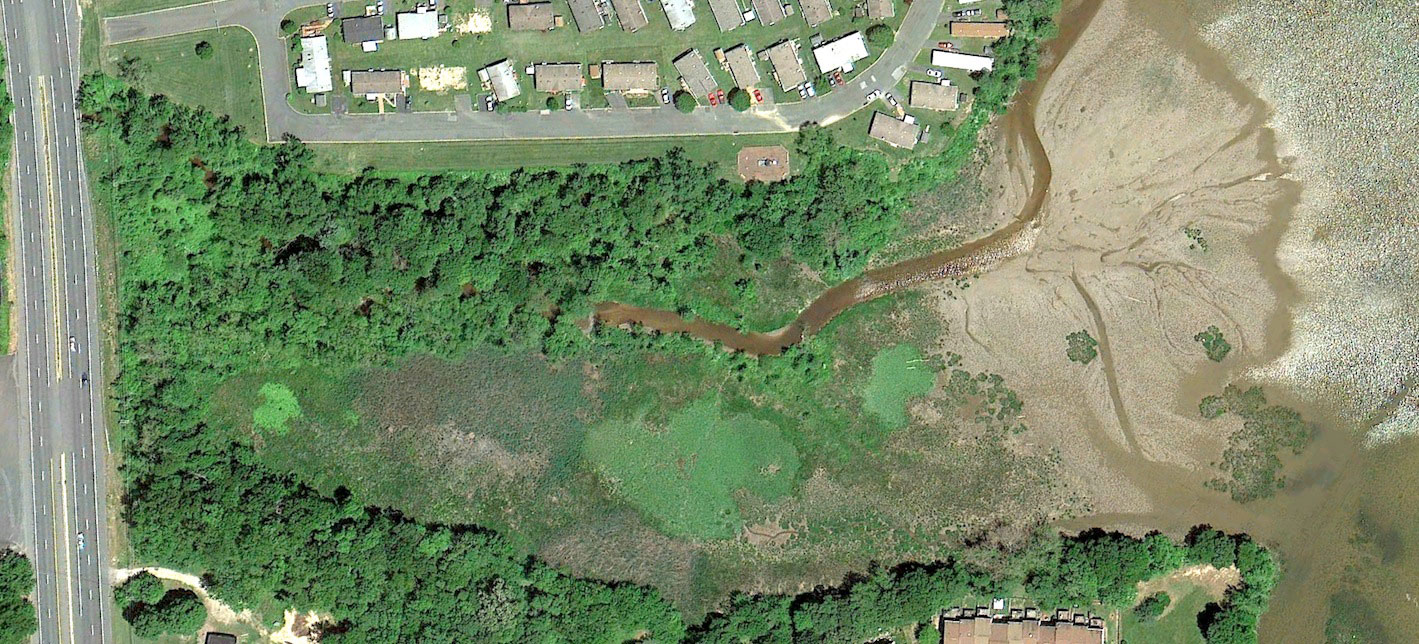Loss-On-Ignition Protocol
Background
Organic matter is an important constituent of sediment in many depositional settings. For our purposes, it is indicative of the relative role of in situ biomass in causing site accretion, which in turn is a strong indicator of the rate of sedimentation. Depending on transport and deposition mechanisms, some sites may receive organic matter from distant locations, which needs to be assessed as well.
Organic matter content in a sediment sample is determined by measuring weight loss in subsamples after burning at selected temperatures. If the samples are from freshwater, the majority of "loss-on-ignition" (LOI) will stem from organic carbon oxidizing to CO2. The results are typically accurate to 1-2% for sediment with over 10% organic matter. In high clay sediment, water of hydration may be lost during the burn resulting in additional error. If the samples are from saline environments, additional steps must be taken to substract out weight loss due to the oxidation of sulfur to SO2.
The biggest benefit of LOI analysis is that a sediment chemistry profile can be generated very rapidly and for very low cost. This is sufficient to develop a general sense of core stratigraphy and often is sufficient for correlation between cores.
Purpose
To determine how much organic matter is an a sediment subsample.
Materials
Mass balance with (0.001g resolution), drying oven, muffle furnace, crucibles.
Procedure
- Weigh the crucible using the mass balance
- Place a few grams of moist subsample in the crucible and measure the combined mass
- Dry the sample in the oven at 100 deg C until dry (may take up to a few days).
- Re-weigh the crucible+subsample. The difference yields the water content
- Set the muffle furnace temperature to 450 deg C and leave the crucible in it for 8 hours.
- Remove crucible from furnace and allow to cool briefly.
- Re-weigh crucible +subsample. The difference from the dry state yields the organic content.
Safety Issues
Drying oven settings do not specify temperature, so you have to be careful not to set the dial too high. Check the thermometer in the top of the oven to make sure the temp is <100°C before you use it. If you overheat the oven, the thermometer will break and make a big mess that you will have to clean up. Thus, we do not use a mercury thermometer.
The Muffle furnace is VERY hot. For safety, you must use asbestos gloves any time the temperature in the furnace exceeds 100°C.
If samples are rich in organics, it is possible that when they burn up, some ash may float between samples and cause cross-contamination. To minimize this, use big sample containers and burn fewer samples at a time.


